Recurrent CH HSS causing geomagnetic storms
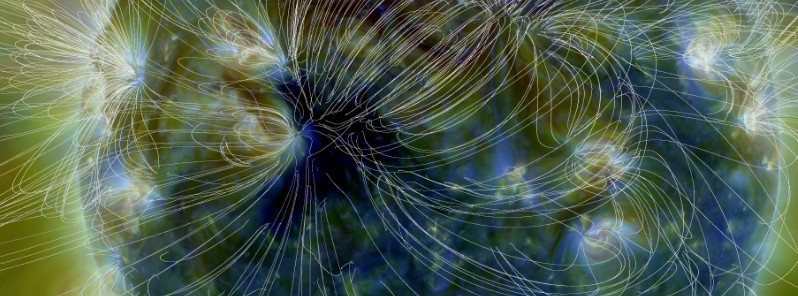
A recurrent, negative polarity coronal hole high speed stream (CH HSS) has hit Earth's magnetic field causing geomagnetic storms on June 5, 2016. A G2 (Moderate) geomagnetic storm watch is currently in effect.
This same CH HSS has affected Earth on May 8 with over 24 hours of geomagnetic storming that eventually reached G3 (Strong) levels. According to the SWPC, geomagnetic storming is not expected to be as intense as during last rotation. Data analysis suggests geomagnetic storming up to the G2 level.
G1 (Minor) geomagnetic storm threshold was first reached at 14:57 UTC and again at 17:37 UTC. A G2 (Moderate) geomagnetic storm warning is in effect until 22:00 UTC.
Area of impact is primarily poleward of 60 degrees Geomagnetic Latitude. Weak power grid fluctuations can occur during G1 storms, minor impact on satellite operations is possible, aurora may be visible at high latitudes, i.e., northern tier of the U.S. such as northern Michigan and Maine.
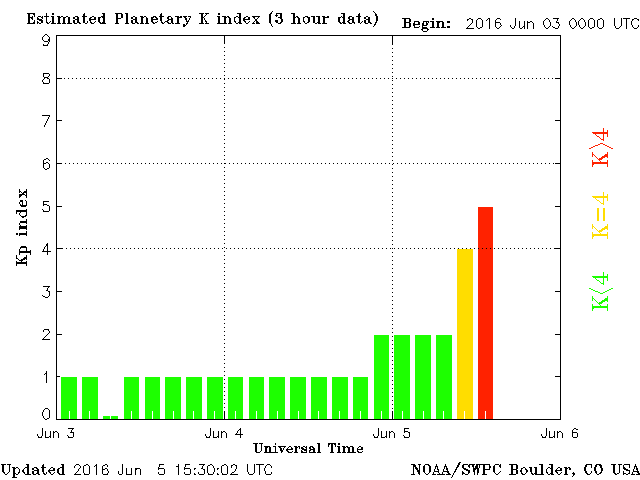
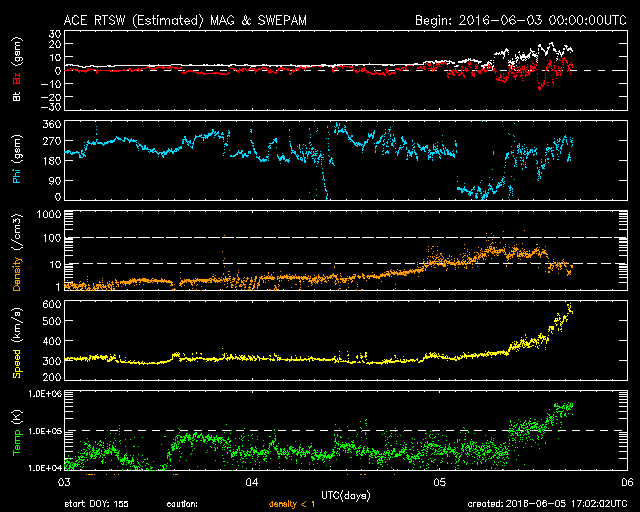
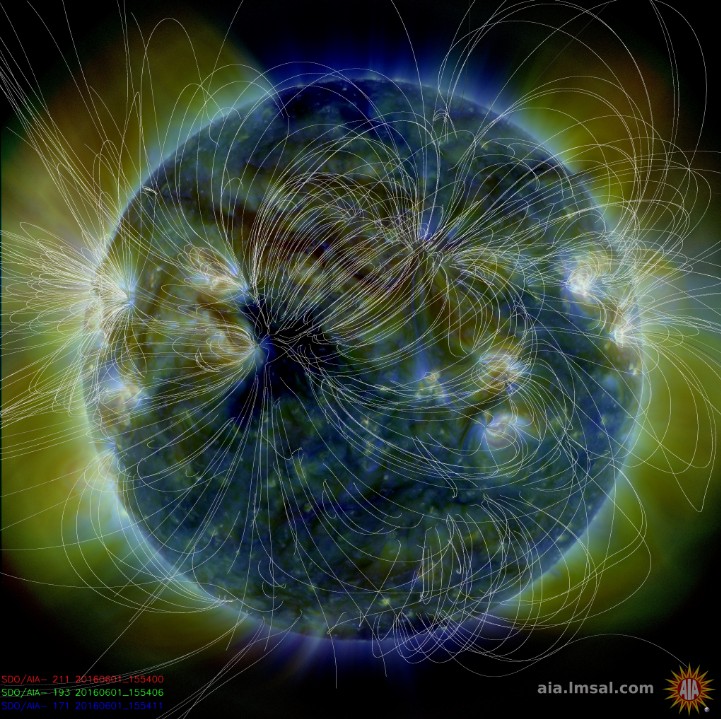
Spotless Sun – Solar Minimum approaching
On June 3, 2016, our Sun has again 'lost' all spots visible from Earth and has remained spotless on June 5. This is a temporary state, but it signals that Solar Minimum is approaching.
Forecasters expect the next Solar Minimum to arrive in 2019 – 2020. SpaceWeather's Dr. Tony Phillips reports:
"Between now and then, there will be lots of spotless suns. At first, the blank stretches will be measured in days; later in weeks and months. Don't expect space weather to grow quiet, however. Solar Minimum brings many interesting changes.
For instance, as the extreme ultraviolet output of the Sun decreases, the upper atmosphere of Earth cools and collapses. This allows space junk to accumulate around our planet. Also, the heliosphere shrinks, bringing interstellar space closer to Earth. Galactic cosmic rays penetrate the inner solar system with relative ease. Indeed, a cosmic ray surge is already underway. Goodbye sunspots, hello deep-space radiation!"
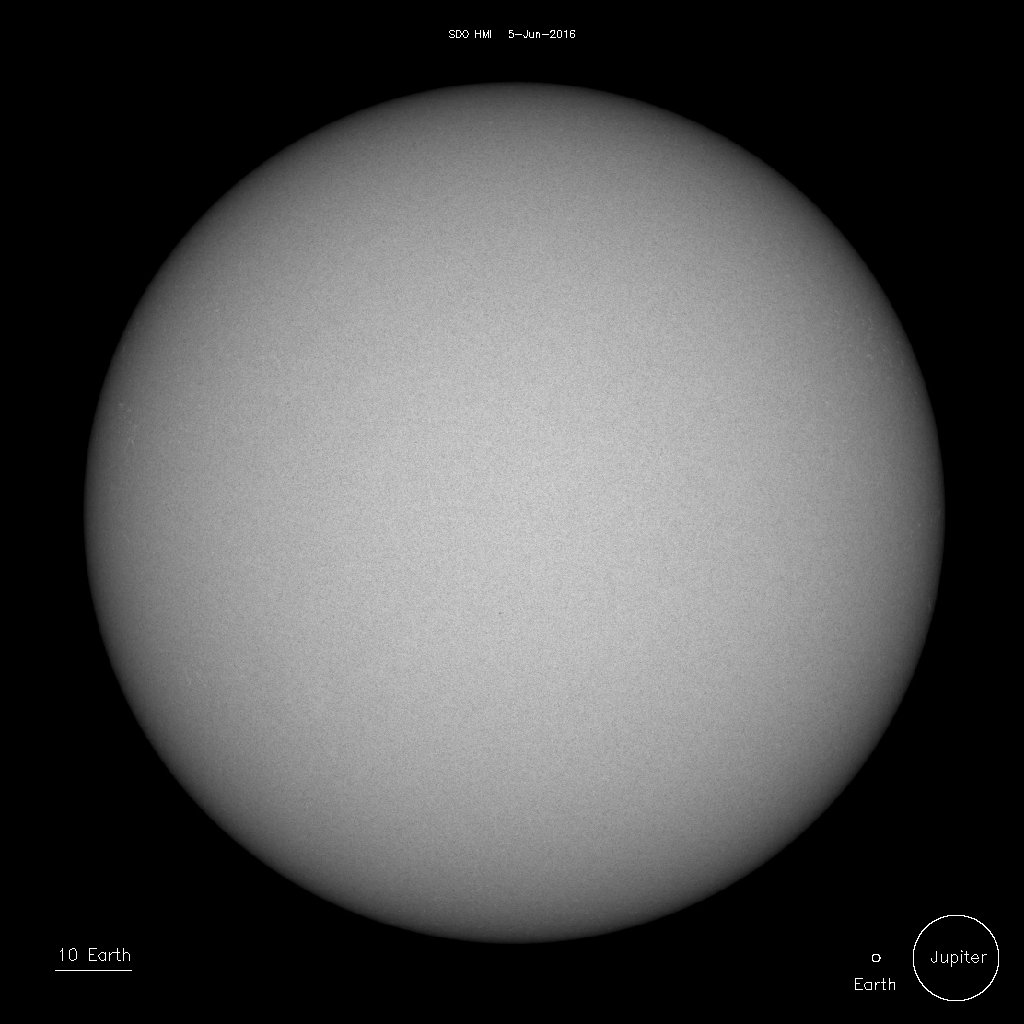
Sunspots on June 5, 2016. Image credit: NASA/SDO HMI
SPWC alerts and warnings
Space Weather Message Code: ALTK05
Serial Number: 968
Issue Time: 2016 Jun 05 1458 UTC
ALERT: Geomagnetic K-index of 5
Threshold Reached: 2016 Jun 05 1457 UTC
Synoptic Period: 1200-1500 UTC
Active Warning: Yes
NOAA Scale: G1 – Minor
NOAA Space Weather Scale descriptions can be found at
www.swpc.noaa.gov/noaa-scales-explanation
Potential Impacts: Area of impact primarily poleward of 60 degrees Geomagnetic Latitude.
Induced Currents – Weak power grid fluctuations can occur.
Spacecraft – Minor impact on satellite operations possible.
Aurora – Aurora may be visible at high latitudes, i.e., northern tier of the U.S. such as northern Michigan and Maine.
***
Space Weather Message Code: WARK06
Serial Number: 335
Issue Time: 2016 Jun 05 1508 UTC
WARNING: Geomagnetic K-Index of 6 expected
ValidFrom: 2016 Jun 05 1505 UTC
Valid To: 2016 Jun 05 2200 UTC
Warning Condition: Onset
NOAA Scale: G2 – Moderate
NOAA Space Weather Scale descriptions can be found at
www.swpc.noaa.gov/noaa-scales-explanation
Potential Impacts: Area of impact primarily poleward of 55 degrees Geomagnetic Latitude.
Induced Currents – Power grid fluctuations can occur. High-latitude power systems may experience voltage alarms.
Spacecraft – Satellite orientation irregularities may occur; increased drag on low Earth-orbit satellites is possible.
Radio – HF (high frequency) radio propagation can fade at higher latitudes.
Aurora – Aurora may be seen as low as New York to Wisconsin to Washington state.
***
Space Weather Message Code: WATA20
Serial Number: 725
Issue Time: 2016 Jun 05 1541 UTC
WATCH: Geomagnetic Storm Category G1 Predicted
Highest Storm Level Predicted by Day:
Jun 06: G1 (Minor) Jun 07: None (Below G1) Jun 08: None (Below G1)
THIS SUPERSEDES ANY/ALL PRIOR WATCHES IN EFFECT
NOAA Space Weather Scale descriptions can be found at
www.swpc.noaa.gov/noaa-scales-explanation
Potential Impacts: Area of impact primarily poleward of 60 degrees Geomagnetic Latitude.
Induced Currents – Weak power grid fluctuations can occur.
Spacecraft – Minor impact on satellite operations possible.
Aurora – Aurora may be visible at high latitudes, i.e., northern tier of the U.S. such as northern Michigan and Maine.
Featured image: NASA SDO

Commenting rules and guidelines
We value the thoughts and opinions of our readers and welcome healthy discussions on our website. In order to maintain a respectful and positive community, we ask that all commenters follow these rules.